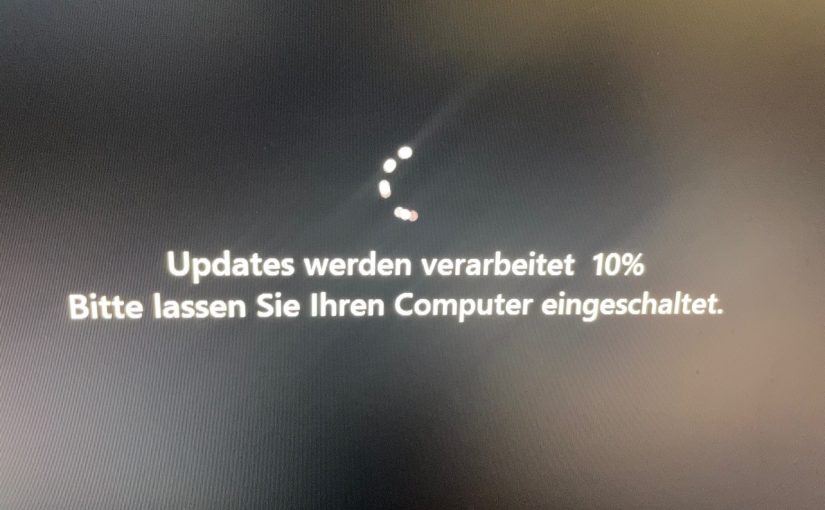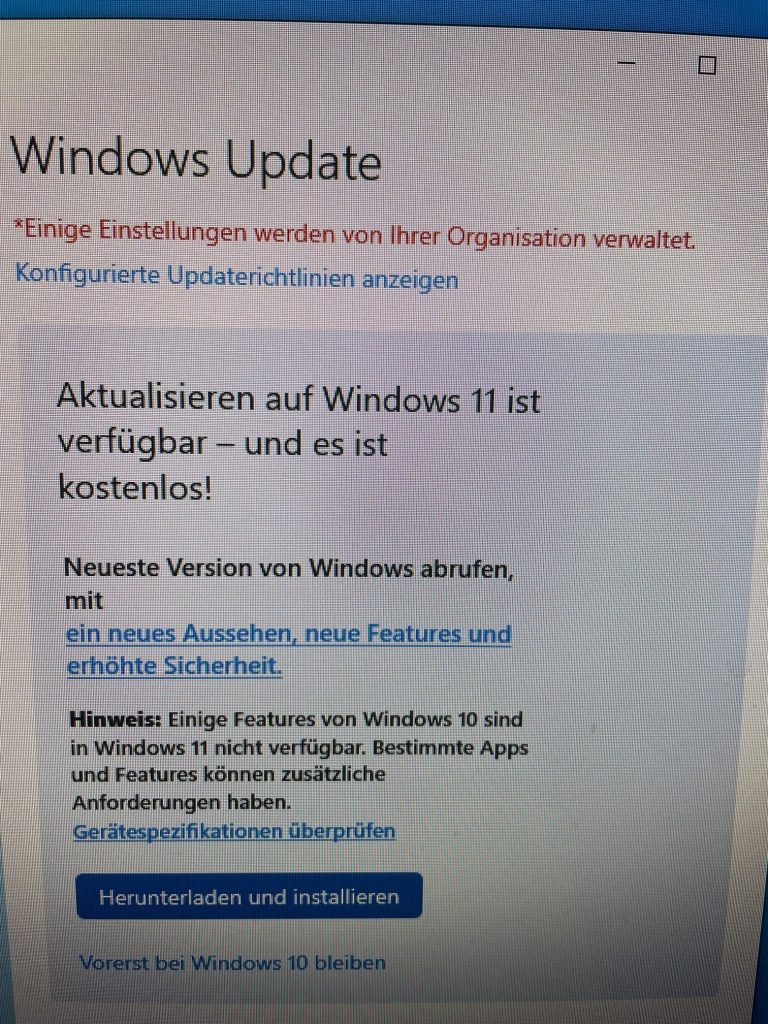I have written about Partnerships in Business (the Win:Win:Win triangle) before. I support some management teams of product companies and like to share the idea of selling products through partners only.
A key assumption here is that a product company is not offering consulting services (for many reasons, for example, a) because focus is getting blurred, b) because it could destroy certain partner markets, c) etc.
Here’s my view:
- WHY NOT selling through partners? One of the first counter-arguments against selling through partners is: we are quicker if we go direct. We safe money because we don’t need to pay their sales team. We can better support the customer in the after-sales phase. Etc.
- WHY selling through partners? Direct sales might sound attractive, however, it a) takes time to establish market recognition, b) takes money to pay your own sales force, c) might destroy the partner’s opportunity to offer services for your product. Last but not least: if you make your sales team all partner managers and each partner manager can support 2-3 partners, you can easily see the huge leverage effect.
- Quick thoughts how to get started:
- Define possible quick wins and focus on them. It could be even an idea to hand over some leads and prospects to partners in order to remove initial “resistance” before the wheel is turning.
- Go as a team and bring in your market and technical expertise (“direct touch” sales) but never be a competitor to your partner. Instead your partner knows that they can start without risk since they can rely on your support.
- Clear rules of customer engagement: how prospects are registered, what that means, and how registrations are extended / ended. By the end of the day this is teamplay and your partner managers should be very close to your partner’s sales team.
You walk better if you never walk alone!











